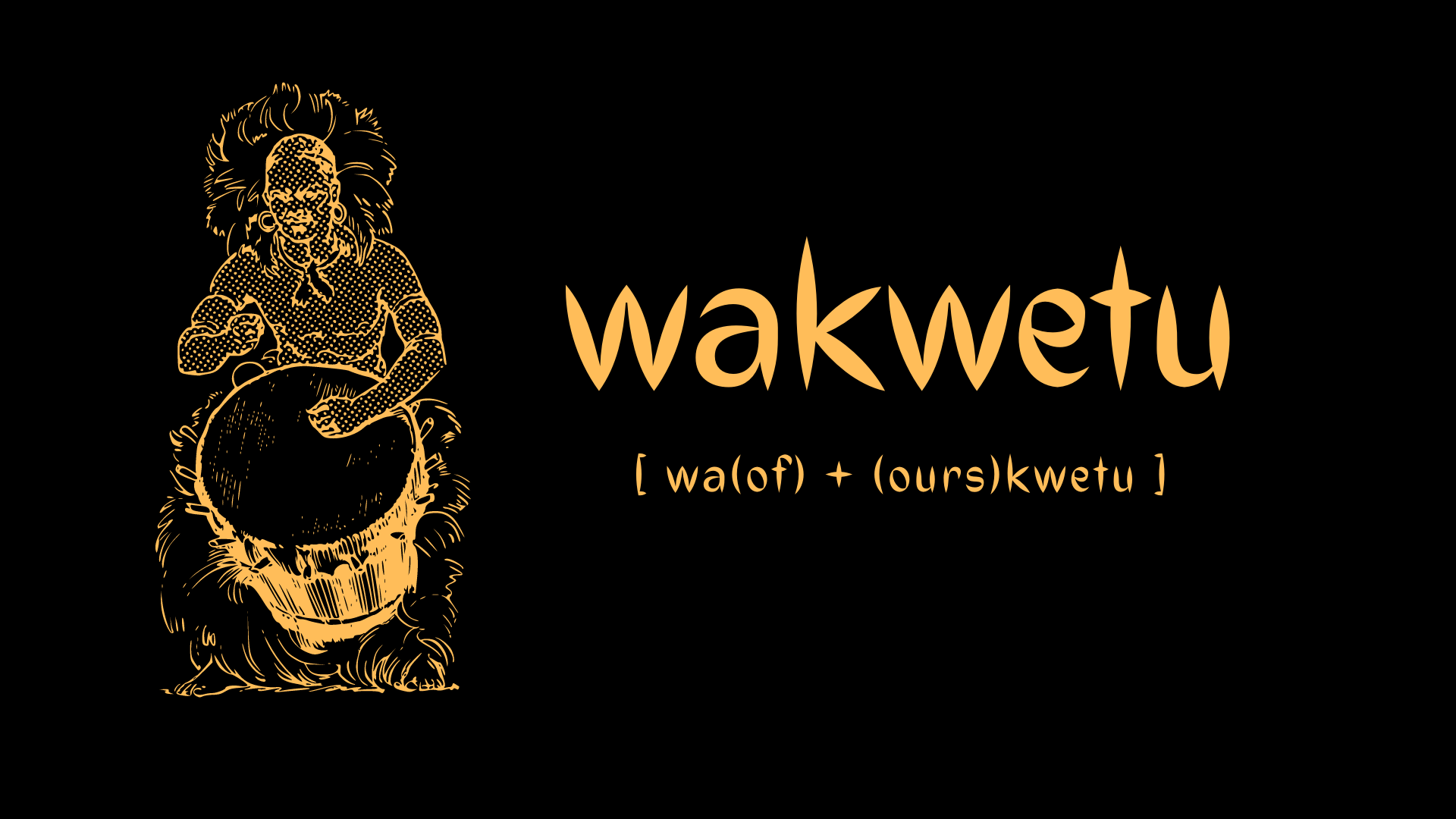So how do you tell a Luhya in a pack? One way is that he maybe the obviously ‘omundu strong‘ personality. Maybe its the one oozing mulembe from every pore: stoic, holding their peace and advocating for understanding when all about them are losing theirs. Then there is this way, from their tabias. Not all mannerisms or behaviors, just the stereotypes. Both the hilarious and not so funny.
subscribe
Subscribe to Mulembe Weekly
Get culture, language, stories and discussions in your inbox every Friday 5 PM East Africa Time
I find it a good thing that these days, unlike days gone, it is now common for people to ask: “Wewe in mluhya wa wapi?” It’s good as it makes it known that the Luhya are a nation of a 18 tribes that are unique in as many ways, as they are common.
This is important as it helps each of these houses of mulembe enjoy their uniqueness, which is something that the colonialist tried to kill by grouping as as one – calling us Kavirondo, then Luhya or Luhyia or Luyia.
Further, bringing back the spirit of Luya – traditionally our basic unit of community – is important to us today as we can only be as strong as our individual parts. It is with this in mind that we share this article. A few things you need to know about this article.
First, we are not it’s original authors. We do not know who wrote it first. It’s contents came to our attention by way of a viral forwarded WhatsApp message.
Second, we took liberty to adopt and remix the viral message, editing for context and ease of read.
Third, on the content: these are stereotypes. Treat them with the humor or contempt they deserve.
So, how do you tell a Luhya in a pack? Wear your helmet of humur and join us on this short journey.
How to tell a Bukusu
via GIPHY
A Bukusu will always have oversized shoes, a shirt, trousers, a t-shirt, and a suit. The sophisticated types, in particular Bukusu males, go the other way, having overly fitting clothes especially t-shirts and polo shirts. If you are interested in telling the specific luya a Bukusu comes from, our hilarious article: A cheeky look at stereotypes on Bukusu clans: The mischief, good, bad and ugly – You can laugh, just don’t kill the messenger
A Munyore
via GIPHY
Our Bunyore brothers will always have a few front teeth missing, several dents on the forehead, and some red eyes. About the red eyes, if you know you know….
A Maragoli
via GIPHY
The descendants of Andimi, brothers to Munyore, the Maragoli always look informed from outside, but inside, very confused. They are teased for being the basungu (white men) or baseve (agikuyu) of Luhya land for the wrong perception that Maragoli culture is today much diluted and often less practiced.
A Marachi
via GIPHY
will always seem learned but extremely clueless when it comes to new technologies.
A Wanga
via GIPHY
will sound hard-working verbally, but in reality, the laziest of all time.
A Marama
via GIPHY
will look modest from outside but right inside, very proud.
A Kisa
via GIPHY
always looking organized but with all funny hairstyles and boastful.
Tiriki,
via GIPHY
very cool from the outside, but extremely quarrelsome.
A Samia,
via GIPHY
very traditional, but prefers dressing like Congolese musicians.
A Mutsotso,
via GIPHY
always soft-spoken, but when drunk starts speaking broken English.
A Munyala wa Ndombi,
via GIPHY
friendly from outside, but extremely jealous inside.
A Kabras,
via GIPHY
very kind-hearted, but very crafty, warlike and all time bullies.
A Khayo,
via GIPHY
looks holy on Sundays but great guzzlers on week-days.
An Isukha,
via GIPHY
looks gentle when poor, but very arrogant with some little money.
Tachoni,
via GIPHY
very conservative, but extremely vocal when annoyed or drunk.
The idakho, batura, banyala
You can tell a Luhya from the Idakho, Banyala and Batura from their walking styles. The details of unique ways in which our brethren from these houses of mulembe walk is for another time.
Do have a good one.

